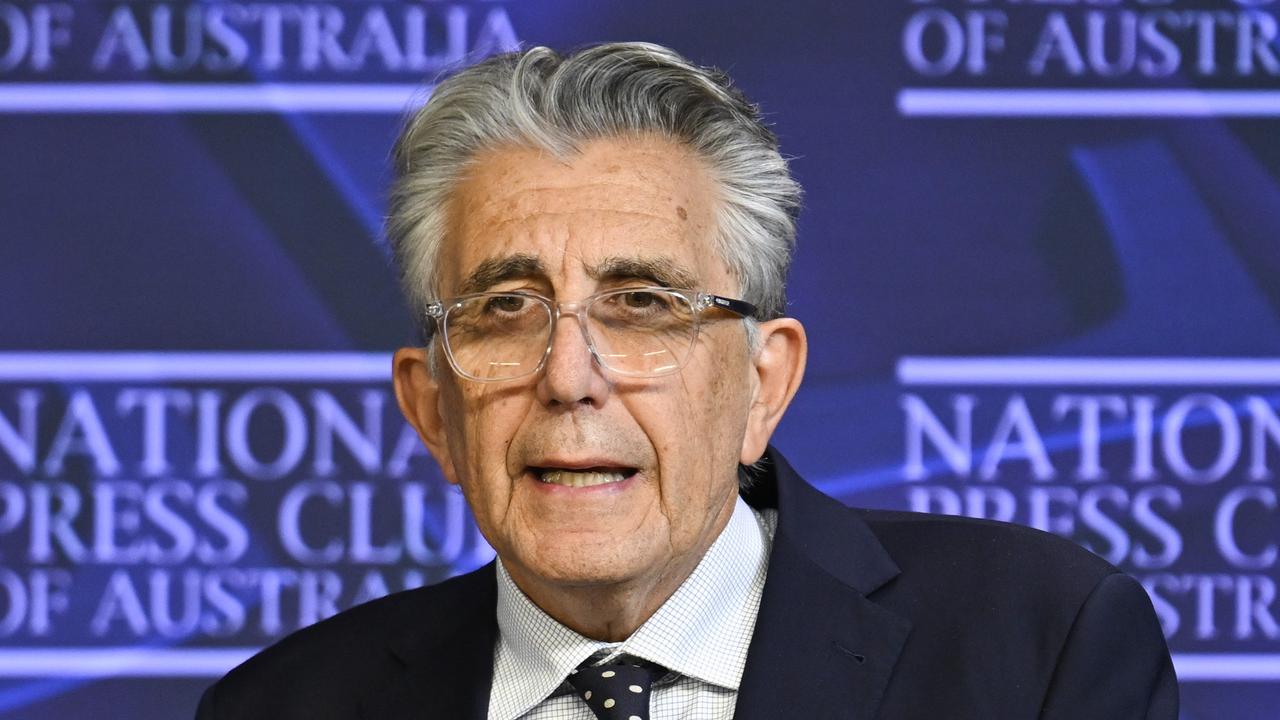Third state in line to join national body
THE president of the Law Society of WA has unveiled a plan to join the uniform regulatory scheme for lawyers.
THE president of the Law Society of Western Australia has unveiled a plan to make his state the third jurisdiction to join the uniform regulatory scheme for lawyers.
Law society president Konrad de Kerloy said he had been urging the state’s lawyers to endorse the uniform regulatory scheme since January when he took office as president.
Under plans that are now in place, he hopes the law society will be able to recommend as early as September that the state government should endorse the scheme.
He said consultations over a draft report in favour of joining the scheme would be completed this month, an updated report and recommendations would be submitted to the law society’s council next month and if that meeting approved the recommendations “I will submit them to the Attorney-General in early September”.
Mr de Kerloy said if everything went smoothly he hoped the state government would be able to have draft legislation before parliament early next year.
This would bring WA into the uniform regulatory scheme at about the same time it is expected to come into force in Victoria and NSW — which together account for about 70 per cent of the nation’s lawyers.
This comes soon after the nation’s attorneys-general met in Melbourne on July 4 and agreed that those jurisdictions that are outside the uniform regulatory scheme should consider signing up. They noted the value of the continual development of a “seamless legal profession across Australia through a state and territory-based model”.
The Law Society of NSW this week offered to brief its interstate counterparts on the operation of the new system.
“We are keen to act as a national resource where it is going to help other jurisdictions to understand the legislation — particularly with an eye to its ultimate adoption,” Law Society of NSW chief executive Michael Tidball said.
“We have offered to work with other law societies so they can understand the detail, and the benefits, of the legislation.”
The new system is underpinned by legislation known as the Legal Profession Uniform Law that has been enacted in Victoria and applied in NSW as a law of that state.
While the regulatory burden will remain with the existing state-based regulators, the Uniform Law will create new institutions — a Legal Services Council and a Commissioner for Uniform Legal Services Regulation. The Law Society of NSW and the Law Institute of Victoria are well advanced on drawing up a joint proposal for the rules that will be applied under the new system.
Changes to the Uniform Law must be approved by a standing committee made up of attorneys-general from the participating jurisdictions.
Victoria, as host jurisdiction, is then obliged to enact the changes and they are applied automatically in NSW under the NSW legislation that has adopted the Uniform Law.
However, that mechanism is one of the few areas of concern in Western Australia. The law society’s draft report on the scheme says “there is strong support from the Western Australian legal profession for the introduction of the Uniform Law”.
The draft report says that while the current mechanism for changing the law ensures uniformity, it also means that “the NSW parliament does not have control over any changes to the Uniform Law proposed by the standing committee and implemented by the Victorian parliament”.
The draft report says the approach taken by NSW would not satisfy concerns expressed in 2011 by WA Attorney-General Michael Mischin about a potential loss of state control over the regulation of the legal profession.
Mr Mischin said the proposal then being considered would have made it possible for the law of Western Australia to be altered “without being considered by state parliament and arguably against the wishes of West Australians”.
However, the Law Society’s draft report says those concerns could be accommodated by applying the Uniform Law in WA in the form that was in force at a particular time. This would avoid the risk that the law governing WA lawyers could be changed without first being considered by the state parliament.
The overall assessment of the scheme in the draft report is that it satisfies most of the policy positions of the law society and its enactment would not involve any referral of power by the state government to the commonwealth.
Mr de Kerloy said he strongly supported the Uniform Law, which had been redrafted after the withdrawal of WA and other states and territories in 2011.
The Uniform Law was now “vastly different”, he said. “The first scheme had the dead hand of Canberra all over it — massive bureaucracy, no respect for the local supreme courts and their authority and no respect for the local regulatory bodies.”
Mr de Kerloy said he expected the law society’s final report on the Uniform Law would find that it had addressed Mr Mischin’s concerns. “We think you can accommodate this model in a way that retains the supremacy of the W parliament while still maintaining a uniform model.”
If there was no opposition to the draft report, he expected the law society would recommend to the state government that it should be enacted in WA.
How the uniform system works
THE key institutions in the uniform regulatory scheme will be the Legal Services Council and the standing committee of attorneys-general from participating jurisdictions.
The standing committee will be responsible for ensuring the council and the new Commissioner for Uniform Legal Services Regulation fulfil their duties.
But the attorneys-general will have limited scope for direct intervention.
The council, which will have offices in Sydney, will consist of five members who will be nominated by the Law Council, the Australian Bar Association and the standing committee.
The Law Council and the ABA will each nominate one member and the attorneys-general will nominate the remaining three.
Two of those will be nominated on the basis of their expertise in either the practice of law, consumer protection, regulation of the legal profession or financial management.
The third nominee of the attorneys-general will be the chairperson of the council and must be appointed with the concurrence of the presidents of the Law Council and the ABA.



